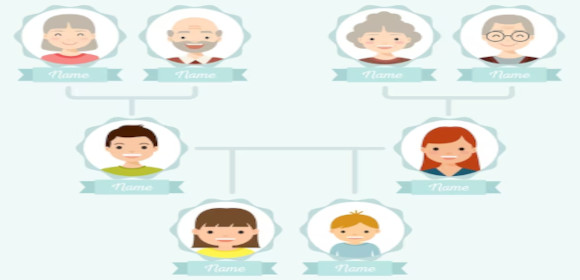30+ Sample Genogram
-
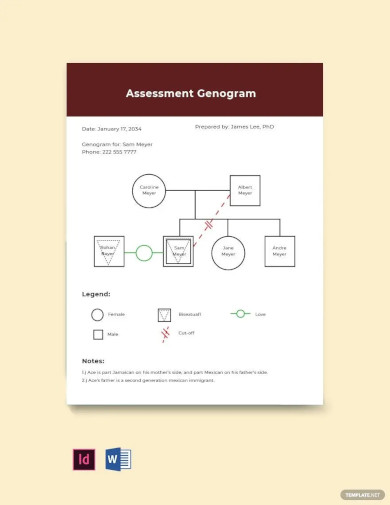
Assessment Genogram Example Template
download now -
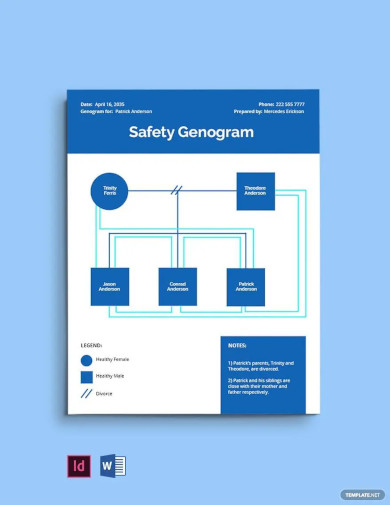
Safety Genogram Template
download now -
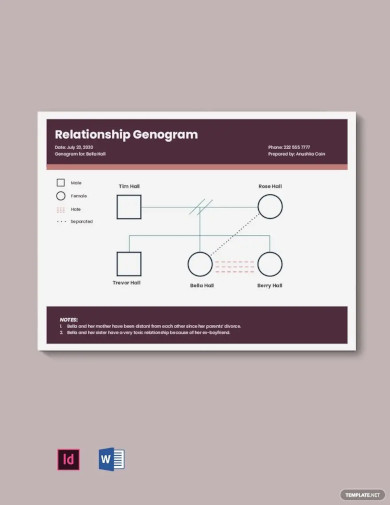
Relationship Genogram Template
download now -
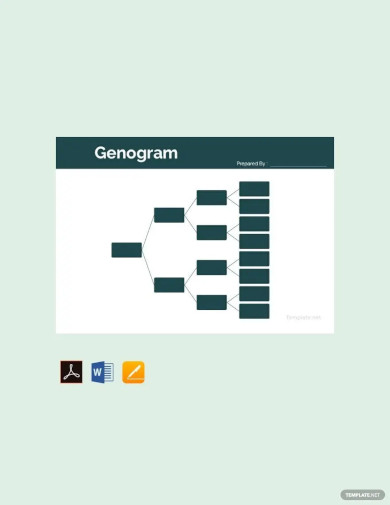
Blank Genogram Template
download now -
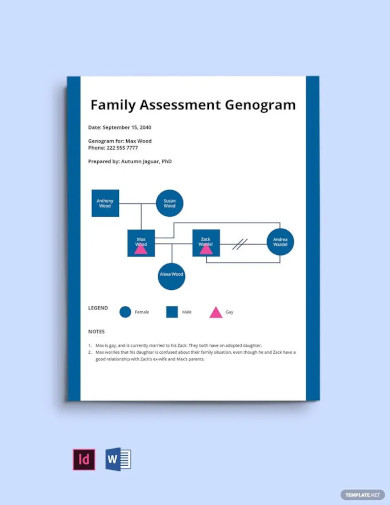
Family Assessment Genogram Template
download now -

Genogram Legend
download now -

Genogram Relationship Template
download now -
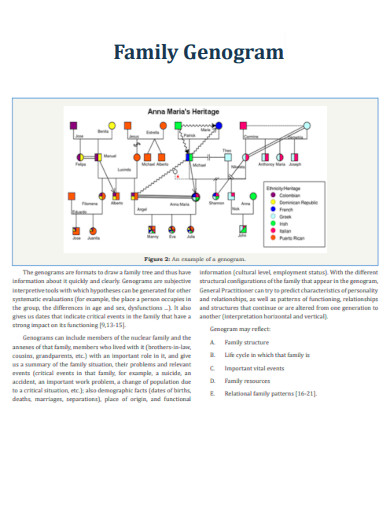
Family Genogram
download now -
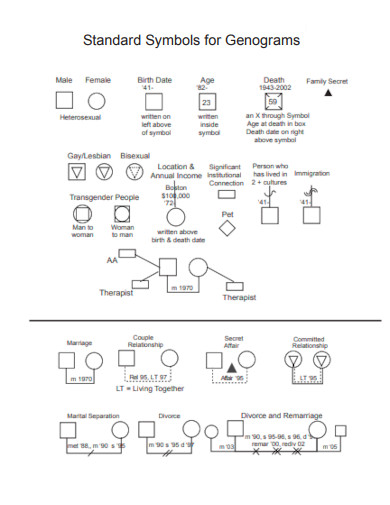
Standard Symbols for Genograms
download now -
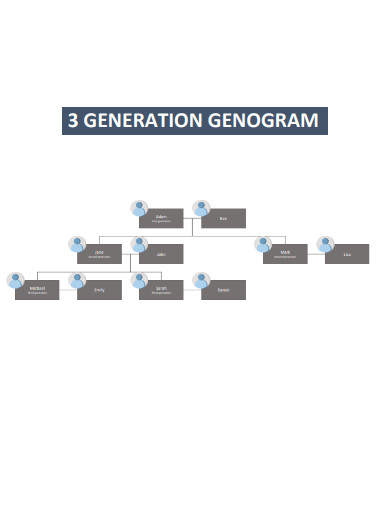
3 Generation Genogram
download now -

Genogram Template
download now -
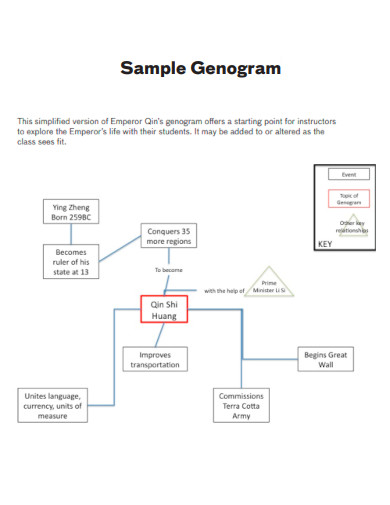
Sample Genogram
download now -
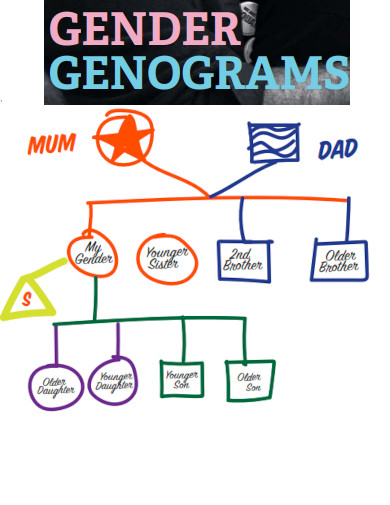
Gender Genogram
download now -
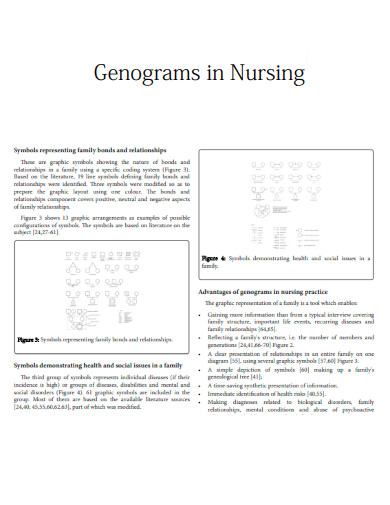
Nursing Genogram
download now -
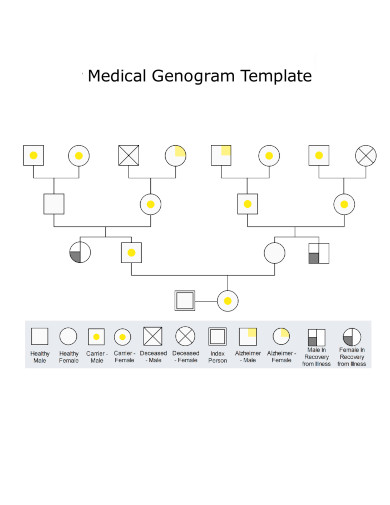
Medical Genogram
download now -
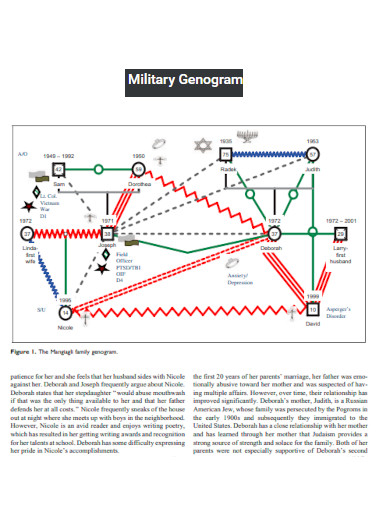
Military Genogram
download now -
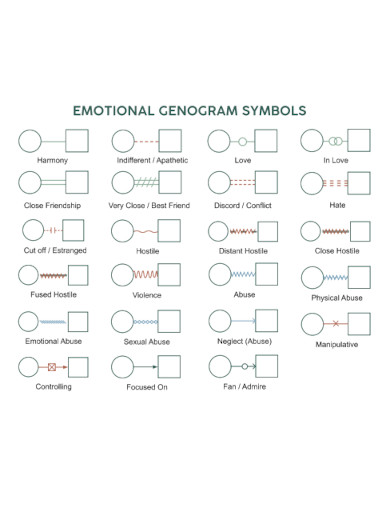
Emotional Genogram Symbol
download now -
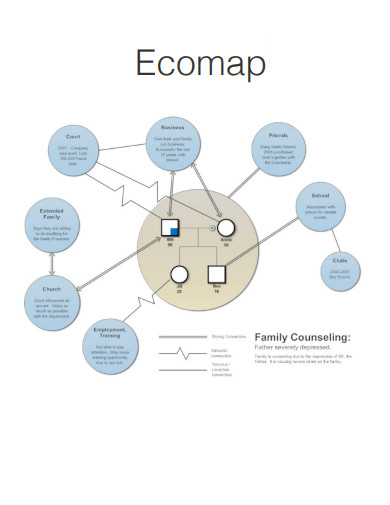
Ecomap Genogram
download now -
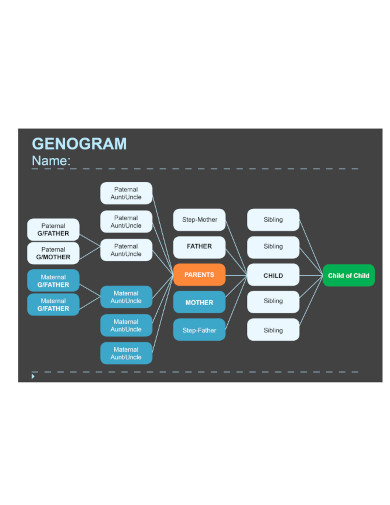
Basic Genogram
download now -
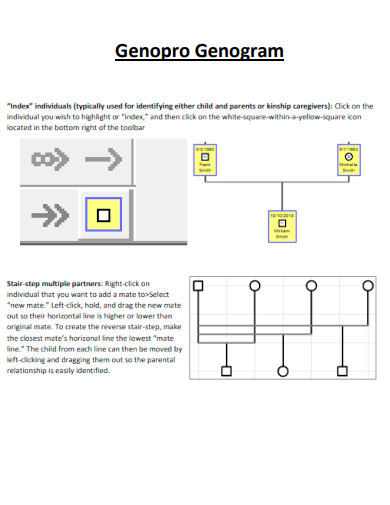
Genpro Genogram
download now -
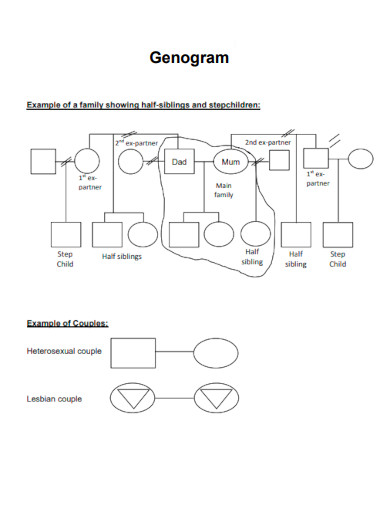
Genogram Half Sibling
download now -
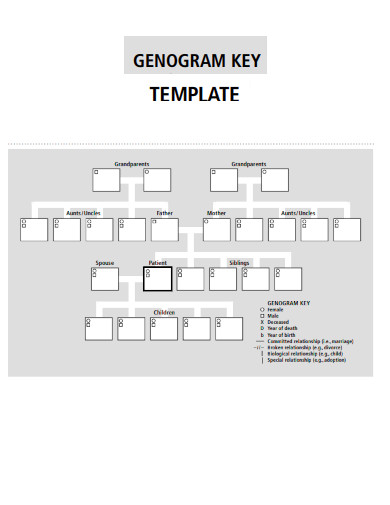
Genogram Key Template
download now -
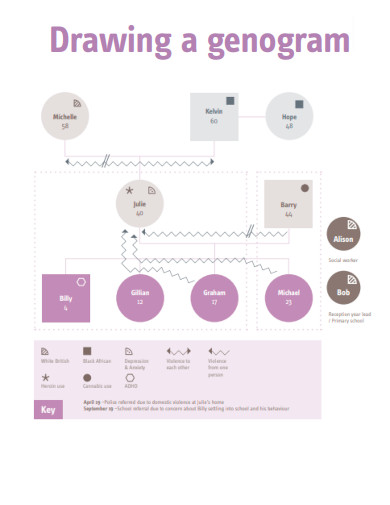
Drawing Genogram
download now -
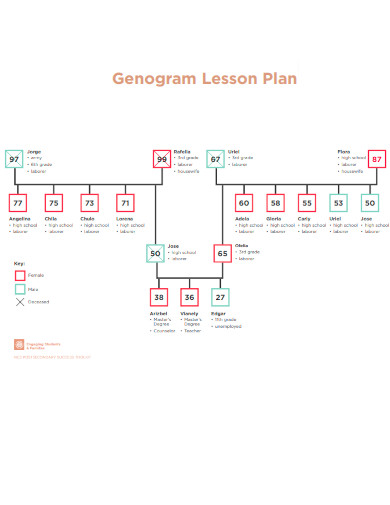
Genogram Lesson Plan
download now -
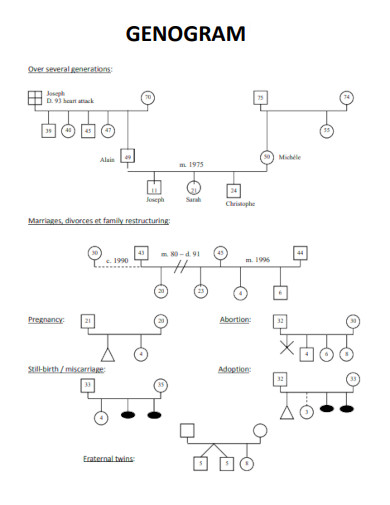
Genogram Training
download now -
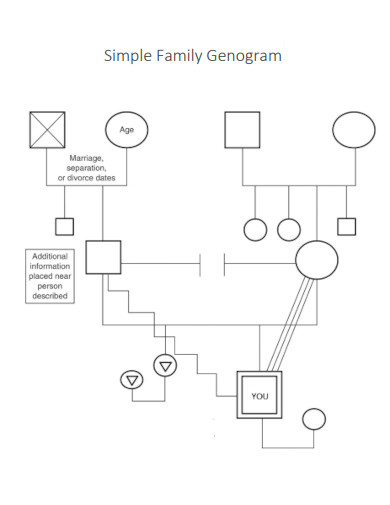
Simple Genogram
download now -
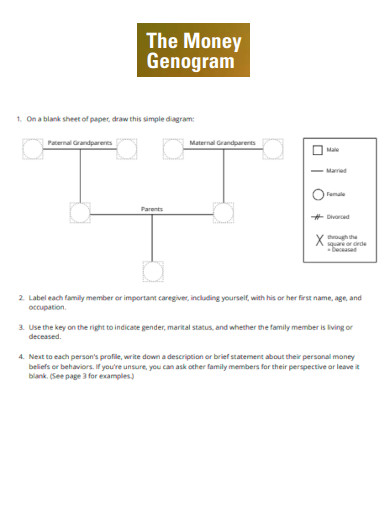
Money Genogram
download now -
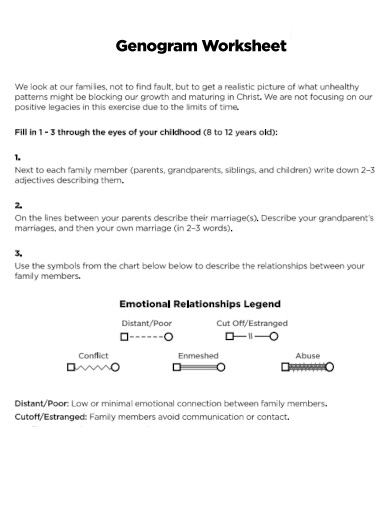
Genogram Worksheet
download now -
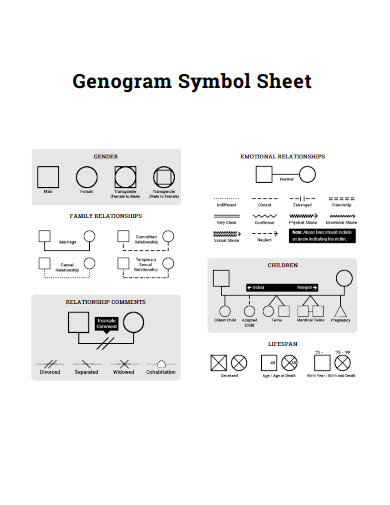
Genogram Symbol Sheet
download now -
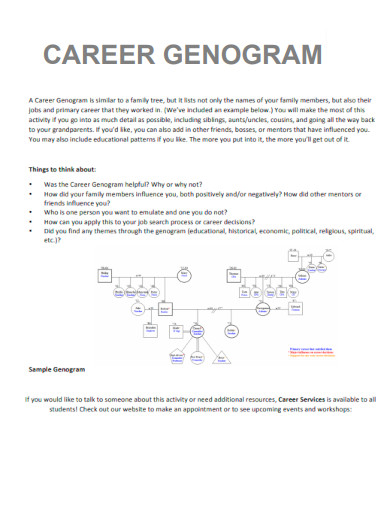
Career Genogram
download now -
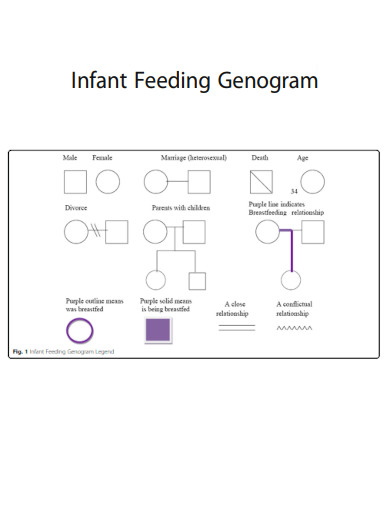
Infant Feeding Genogram
download now
What is a Genogram?
A genogram is a powerful and visually captivating tool utilized in the realm of social work to unravel the intricate tapestry of relationships within a family unit, spanning three generations. It transcends traditional genealogical charts or family tree diagrams by providing a comprehensive picture of an extended family’s dynamics. By mapping both close and distant relationships, it illuminates the interplay of behavioral attributes and sheds light on the profound influence of shared experiences. Delving deeper, these diagrams also incorporate essential medical information, offering insights into hereditary conditions and health patterns. Whether examining the dynamics of a nuclear family or deciphering the interplay of a sprawling clan, genograms provide a comprehensive yet structured snapshot of kinship, offering a blank sample template as the starting point for exploration and analysis in a holistic and interconnected manner.
Genograms hold immense significance and effectiveness for families, individuals, family counselors, behavioral specialists, and social workers. Research indicates that over 80% of communication occurs non-verbally, making the visual nature of genograms a potent tool for understanding complex family dynamics. For families and individuals, genograms provide a comprehensive visual representation of relationships, enabling them to identify patterns, intergenerational influences, and unresolved conflicts. Family counselors and behavioral specialists utilize genograms in therapy sessions, with studies showing a 70% improvement in client outcomes when genograms are integrated into treatment plans. For social workers, genograms aid in assessing family strengths and vulnerabilities, enhancing intervention strategies, and improving outcomes for clients. The utilization of genograms has become an essential component in the practice of these professions, proving to be a reliable and effective tool for understanding and addressing family dynamics.
Types of Genograms
Unveiling the intricate tapestry of family dynamics, genograms come in various forms, each offering unique insights and perspectives. Let’s delve into the diverse world of genogram types, from standard genograms that map three generations to specialized versions exploring medical history based on a medical case summary, cultural influences, and distant relationships.
How to Create a Genogram
Unlock the hidden tapestry of family connections with a genogram. In just five steps, you can craft a visual masterpiece that reveals intergenerational dynamics, behavioral attributes, and medical history. Discover the art of creating genograms and gain profound insights into your family’s intricate web of relationships.
Step 1: Gather Information
Collect data on family members, spanning three generations, including immediate and extended family. Include essential details such as names, dates of birth, and relevant information like medical history, behavioral attributes, and relationship dynamics.
Step 2: Determine the Symbol System
Select a symbol system that represents different family members and relationships. Commonly used symbols include squares for males, circles for females, and lines to depict connections such as marriages, children, and divorces. Customize symbols as needed to reflect diverse family structures or cultural nuances.
Step 3: Establish Relationships
Connect family members using lines, representing relationships, and their nature (e.g., solid lines for biological relationships, dashed lines for adoptions or step-relationships). Consider distant relationships and connections beyond the nuclear family to capture a comprehensive picture of family dynamics.
Step 4: Add Additional Information
Enhance the genogram by incorporating relevant information. Include behavioral attributes, medical conditions, cultural backgrounds, and any other pertinent details that contribute to understanding the family system. Color coding or labeling can be applied to categorize information effectively.
Step 5: Analyze and Interpret
Step back and examine the genogram as a whole. Look for patterns, dynamics, and intergenerational influences. Consider the impact of relationships, medical history, and behavioral attributes on family functioning. Use this analysis to inform counseling, therapy, or research objectives, gaining insights into the family’s strengths, challenges, and potential areas of intervention.
FAQs
Extended families can be complex and have multiple branches and connections. Genograms can help unravel these complexities by visually representing the relationships and interactions between different family members. By mapping out the extended family system, one can gain insights into the influence of different branches, the strength of relationships, and potential areas of conflict or disconnection. This understanding can help foster stronger connections and support within the extended family.
Genograms can reveal distant relationships within a family that may have been previously unknown or overlooked. By mapping out the connections between different family members, one can identify distant relatives and understand the extent of their influence within the family system. This knowledge can help bridge gaps and foster stronger relationships between distant relatives, promoting a sense of connectedness and belonging.
Genograms can uncover common hidden patterns within a family that may not be immediately apparent. These patterns can include repeated relationship dynamics, communication styles, or even behavioral traits. By identifying these patterns, family members can gain insight into their own behaviors and relationships, and potentially break negative cycles or patterns that may have been passed down through generations.
Exploring a family’s medical history through genograms can have numerous benefits. By identifying common health conditions or genetic disorders within the family, individuals can be more proactive in managing their own health and seeking appropriate medical care. It can also provide valuable information for healthcare providers, allowing for more informed decision-making and personalized patient safety plans and treatment plans.
Genograms can provide valuable insights into the dynamics of a nuclear family’s relationships and interactions. By mapping out the relationships between family members, one can identify patterns of communication, power dynamics, and areas of conflict. This understanding can help family members improve communication, resolve conflicts, and foster healthier relationships.
Creating and interpreting a genogram involves several practical steps. First, gather information about your family’s history, including names, relationships, and relevant life events. Next, choose a genogram template or create your own using symbols to represent different family members. Then, map out the relationships and connections, including any relevant information about medical history, behavioral traits, or significant events. Finally, analyze and interpret the genogram, looking for patterns, trends, and insights into your family’s history and dynamics. This understanding can help inform personal growth, communication strategies, and support within the family.
Genograms can help identify intergenerational behavioral traits within a family. By mapping out the behaviors and traits of multiple generations, patterns and trends can emerge. For example, a genogram may reveal a history of substance abuse or a tendency towards anxiety or depression. Understanding these intergenerational behavioral traits can help individuals within the family become more aware of potential risks and take proactive steps toward personal growth and well-being.
What role do genograms play in understanding the dynamics of an extended family?
How can genograms help in identifying and bridging distant relationships within a family?
What are some common hidden patterns that can be revealed through genograms?
What are the benefits of using genograms to explore our family’s medical history?
How can genograms provide insights into the dynamics of a nuclear family’s relationships and interactions?
What are some practical steps to creating and interpreting a genogram to understand your family history?
How can genograms be used to identify intergenerational behavioral traits?
Utilizing genograms as a tool to understand your family history can have profound effects on uncovering hidden patterns and strengthening relationships. By mapping out the intergenerational dynamics, behavioral attributes, and medical history within your family, you can gain valuable insights into the origins of certain behaviors and potential health risks. This knowledge empowers individuals to make informed decisions about their own well-being and fosters empathy, communication, and connection within the family unit. Ultimately, understanding your family history through genograms is an ultimate guide to deepening familial bonds and creating a stronger sense of belonging. Download and use our sample genogram templates and sample history PDF, as well as other family documents such as templates and family agreements, and family to-do lists.
